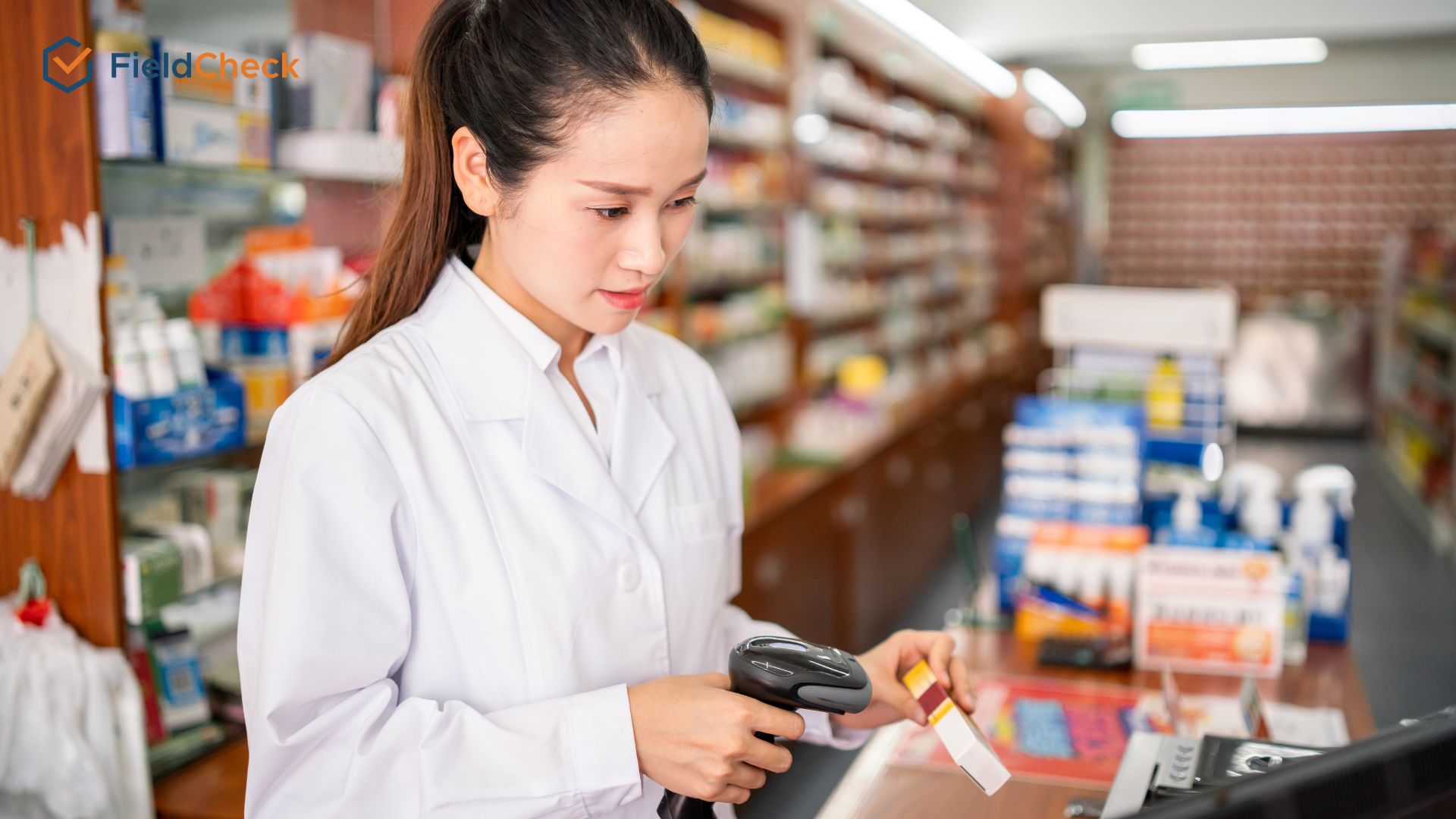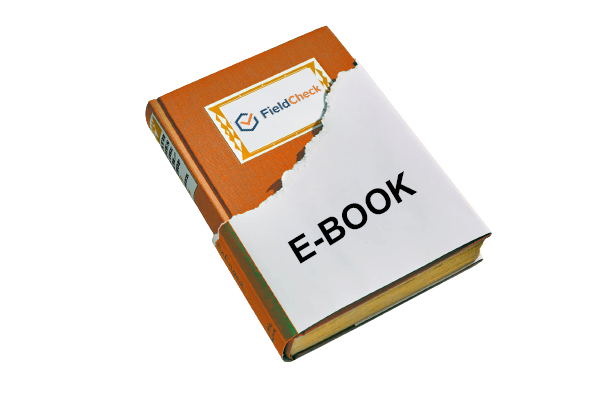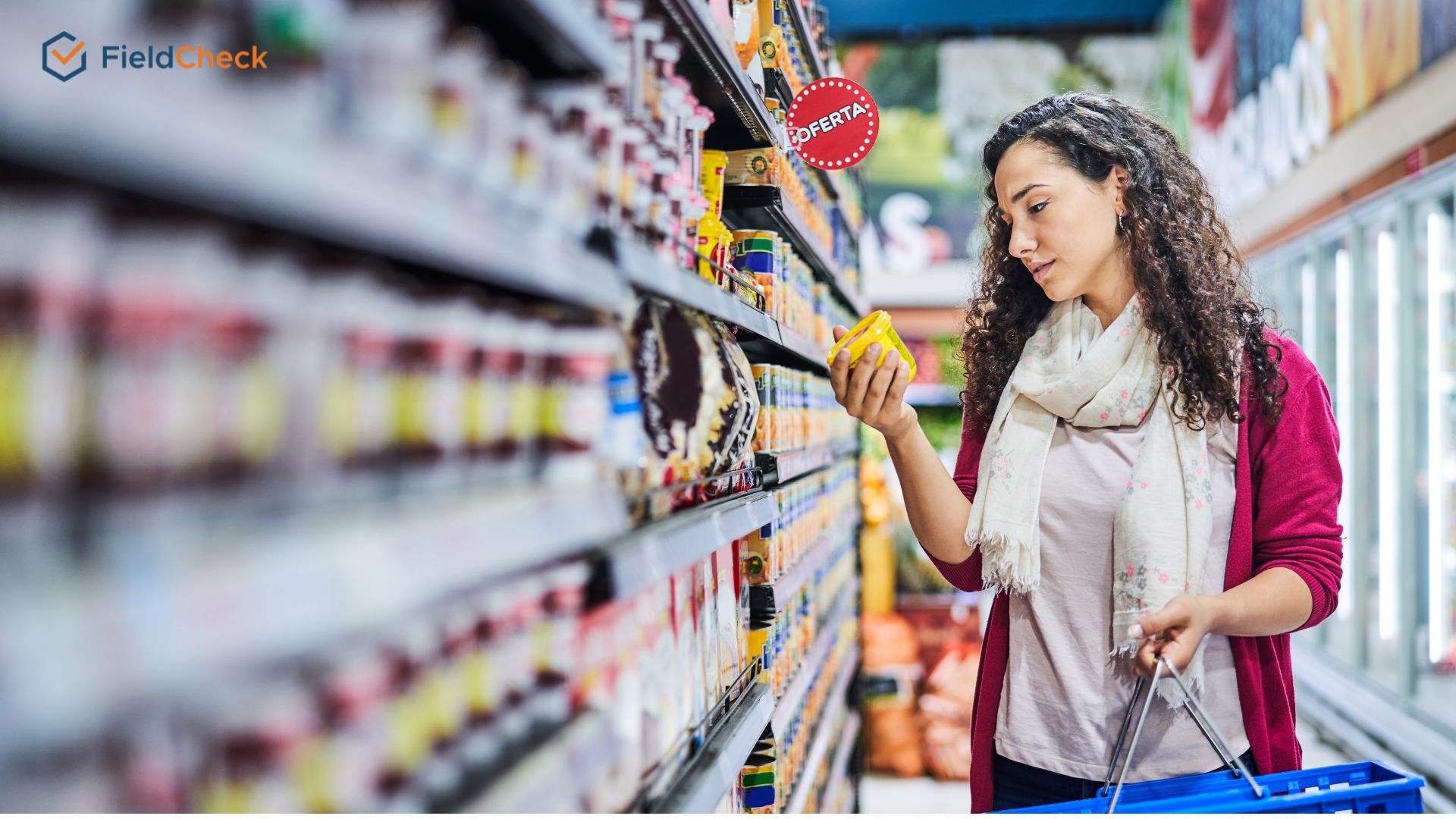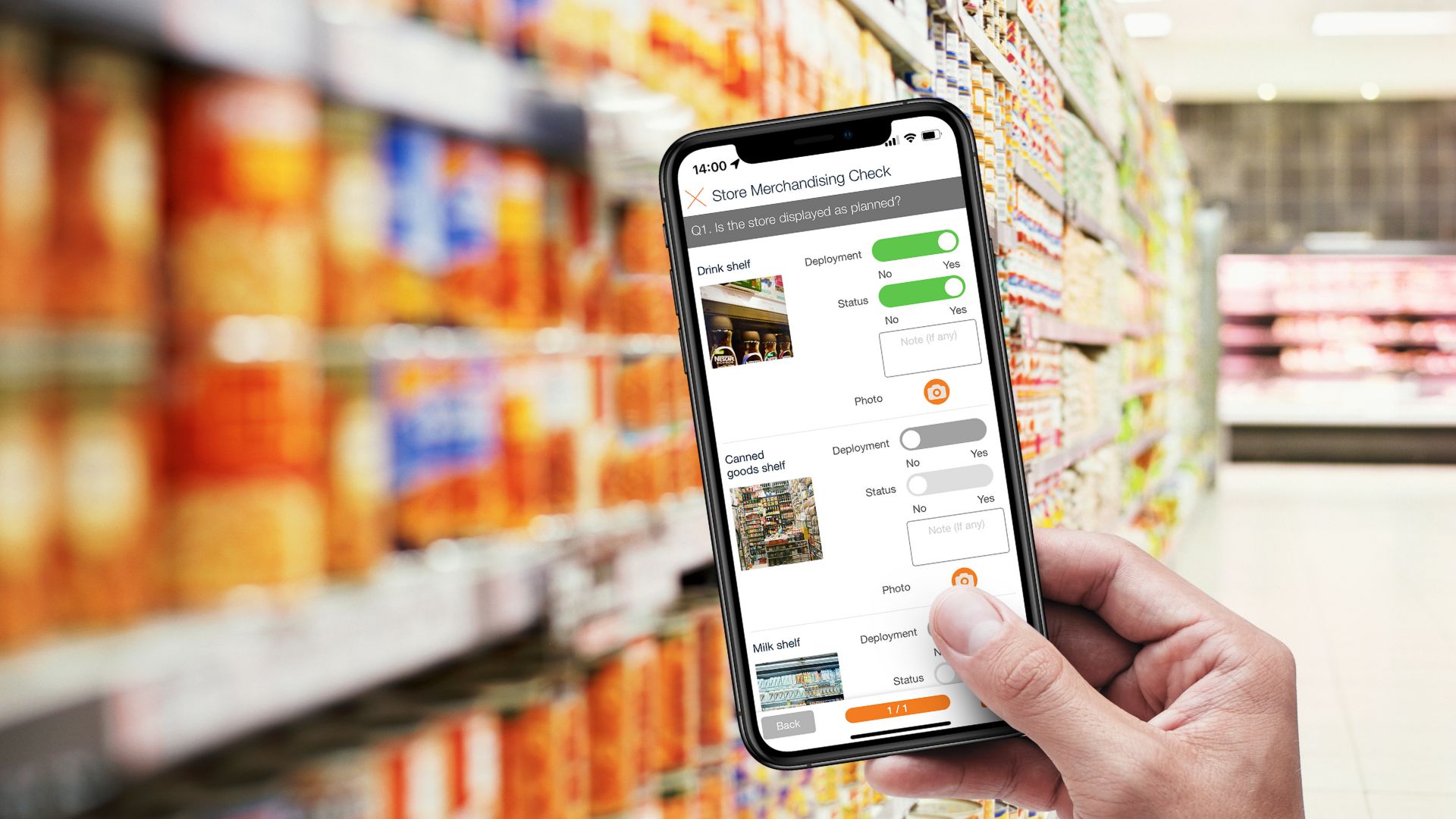Standard Operating Procedures for Retail Pharmacy (Guidelines)
The standard operating procedures for retail pharmacies require many different steps. To own a standard operating procedure (SOP), pharmacies must carefully study the standards required for buying and selling drugs, checking drug quality, and storing drugs.
To help businesses in this field get standard operations, FieldCheck has researched and proposed the standard SOP operation process in today's article. Scroll down to explore if you are interested in!

GPP pharmacy
SOP Overview
An SOP, or Standard Operating Procedure, is a standard operating procedure established to guide and ensure the quality of work performance at business establishments. Using SOA helps to minimize errors.
In addition, the design of SOP standard documents also helps businesses and stores train employees effectively and support new employees to quickly catch up with work progress.
See more: What is SOP?
An SOP is a set of activities that take place at an enterprise. The SOP process can provide many benefits to store operations, such as:
- Save time and workforce to do the job by building a clear operating procedure that supports the tasks included in the process to be handled proactively and quickly.
- Reduce errors and waste time and human resources when adopting new processes.
- Synchronize and ensure productivity in the enterprise thanks to the application of an enterprise-wide SOP standard.
- Quality control of pharmacy operations.
Standard Operating Procedures for Retail Pharmacy
Particularly for the pharmacy business, the standard operating procedure includes specific steps in operating the pharmacy.
Normally, a pharmacy usually has the following operating procedures: buying drugs, checking quality, selling over-the-counter and prescription drugs, and finally, handling complaints from customers.

Standard operating procedures for retail pharmacy
To be able to achieve standard quality, pharmacies need standardized processes, such as:
- Purchase medication and inspect its quality.
- Prescription-based drug dispensing
- Sold without a prescription or on a custom basis
- Preservation and quality control of drugs
- Settlement of any complaints
In the content below, let's learn more about a detailed SOP standard operating procedure.
Step 1: Welcome Customers
Greeting customers is one of the operations that every employee at a pharmacy needs to understand. Staff should be gentle and greet customers as soon as they enter the pharmacy.
One of the important conditions that every pharmacy must remember is to ensure the confidentiality of all customer purchase information.

Staff must welcome customers warmly
Step 2: Examine The Prescription
The next step to completing the standard SOP process at the pharmacy is for the pharmacists to check the number of prescriptions the customer provides carefully. A list of some points that pharmacists at each pharmacy should keep in mind is as follows:
- Check the validity of the prescription: it usually lasts less than five days.
- Check the validity of the application according to the prescribed form and with enough information such as name, hospital stamp, doctor's signature, etc.
- Check the patient's information and diagnose the disease.
- Pay special attention to the name of the drug, quantity, strength, concentration, dose, and method of administration.
Step 3: Enter Prescription Information And Pay
Currently, pharmacies are required to connect to the national pharmacy data system. Accordingly, when the pharmacist at the pharmacy fills any prescription, it is necessary to enter the prescription information into the management software on the computer to store the information.

Fill out your order and pay
Suppose the pharmacy runs out of drugs prescribed in the prescription. In that case, it is necessary to notify the patient and request a re-prescription or select drugs with similar ingredients and effects.
However, under current regulations, only university-level pharmacists have the right to substitute drugs.
Pharmacies need to print sales receipts and collect payments according to standard SOP procedures when sold by prescription. If the customer does not buy the medicine, the pharmacy must cancel the prescription and return the medicine.
Step 4: Obtain A Prescription Medication
The next step is that pharmacy staff must take prescription drugs, clearly stating the dose and how to use them. If there is any note about the prescription, the staff should also clearly tell the customer or make a note on the medicine bag.
In addition, medicine bags need to meet standards to avoid affecting drug quality. In the case of drug substitution, staff should specify the drug information and the quantity of the substituted drug.

Get prescription medicine
Step 5: Order Usage And Delivery Instructions
The final step is for pharmacy staff to guide and explain drugs, dosages, and uses to customers. If there are contraindications, they should be clearly stated so that the guest can know and implement them.
After that, deliver the medicine to the customer, and don't forget to say thank you to the customer.
Notes on Operation
When operating a pharmacy, there are several criteria that the pharmacy must comply with. Here is a list of things the pharmacy should be aware of:
- List the tasks that need to be done with the pharmacy system.
- Conduct the work.
- Record accurate and complete work information.
- Check the SOP process periodically.
In addition, when selling goods at a pharmacy, pharmacy staff should use easy-to-understand and concise language and avoid using local or confusing words.

Easy-to-understand advice
A quality pharmacy should have a standard operating procedure (SOP) that includes:
- Purchase medication and inspect the drug's quality.
- Dispensing prescription drugs
- Selling over-the-counter or prescription drugs
- Preservation & quality control
- Settlement of any complaints
What Are the Five Standard Operating Procedures?
There are also five standard operating procedures for your reference and consideration.
1. Blood Bank
This standard operating procedure guarantees the blood is still stored and issued in an aseptic environment via trained professionals.
Its procedures include the following steps:
- The physicians need to choose and screen the donor.
- Collect the blood with a sterile system and an aseptic method.
- Screen collected blood for infectious diseases.
- Prepare the blood elements by utilizing plastic bags.
- Use a designated area to store tested, untested, and expired blood.
- Ensure those blood elements are stored at the required temperature.
- Issue the blood to patients after careful screening and successful testing.
2. COVID Testing For Airport Passengers
The purpose of this SOP is to lower the COVID spread risk and ensure the safety of all people at airports, like passengers, workers, and crewmembers.
The SOP includes:
- If the passengers test positive, they will be denied boarding and moved away from the others at the airport.
- Seek out which resources are available to patients for healthcare. They must self-pay for the services rendered by a healthcare provider during the treatment.
- Inform the health team while triaging positive passengers for more medical evaluation.
- Inform the airline POC that boarding is denied for the passengers, and they can request re-booking for future flights after the treatment.
3. HR Department
This SOP aims to set up the responsibilities and roles of the staff in HR. This procedure includes the following steps:
- Carry out the candidate screening via phone call and resume.
- Invite the candidates for an interview.
- Conduct two evaluation rounds, HR and Technical, after the interview.
- Ask the chosen candidates for legal documents and qualifications.
- Send an offer letter detailing the salary, other allowances, perks, and joining dates.
4. Retail Lending
The SOP example aims to ensure citizens' loans are carefully granted to citizens and that all applicants know the terms and conditions.
The process compiles the steps below.
- Offer the form of application paired with the document checklists submitted.
- Describe all legal documents needed for customers to submit and other formalities.
- Carry out the pre-sanction inspection at a convenient time for customers and bank officials.
- Verify the submitted documents by all applicants and notify them when there is a deficiency.
- If the documents are all fine, process the application for the loan and sanction it. The next step is to disburse the loan amount based on the requirement.
- If the application is rejected, it is advisable to communicate it to the applicants and inform them of the rejection reasons.
5. Blog Posting
This standard operating procedure is designed to ensure all the blog-publishing-related steps are followed with high precision. This SOP includes the following steps:
- The content lead comes up with the topics of weekly blog posts.
- Getting the approval of the Head of the Content Department
- Assign the topics approved to the content writers, and send the draft to the editors.
- Content writers revise the content based on the comments of the editors.
- Send the final drafts to the higher-level personnel.
- If nothing needs to be changed, the articles will be sent to the leader for publishing.
Wrapping Up
In short, drugstore owners should apply standard operating procedures for the retail pharmacy to their operations. This process will help better control operations and sales staff at the pharmacy. The risk management of prescriptions or claims has also become more optimal.
See more: Pharmacy chain audit software




